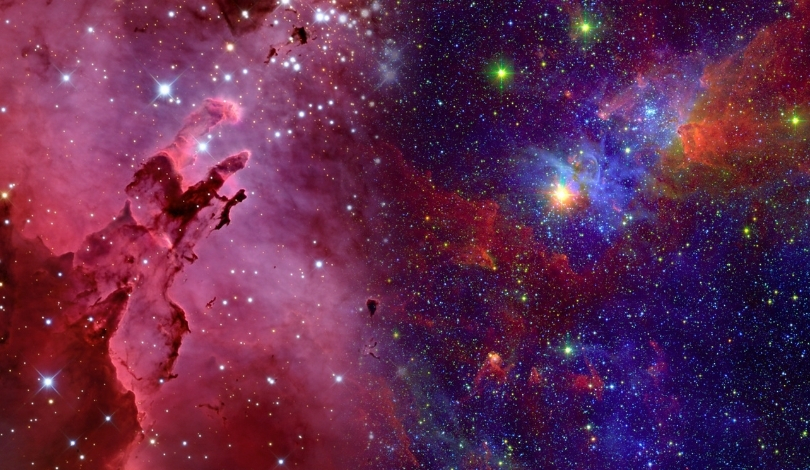The Curiosity rover, stationed at Gale Crater, continues to expand our understanding of Mars’ atmosphere. Beyond its primary mission of studying the planet’s geology, Curiosity plays a crucial role in monitoring Martian weather patterns. Recent observations have highlighted the rover’s ability to capture detailed images of noctilucent clouds, offering new insights into the planet’s climate dynamics.
Historically, Curiosity has focused on rock and soil analysis to determine Mars’ habitability. However, its Mastcam instrument has recently been utilized to study atmospheric phenomena, marking a significant expansion of its scientific objectives. This shift allows scientists to correlate geological data with atmospheric conditions, providing a more comprehensive picture of the Martian environment.
How Do Noctilucent Clouds Form on Mars?
Noctilucent clouds on Mars form from carbon dioxide ice, differing from Earth’s water-ice-based clouds. These clouds appear during the Martian fall in the southern hemisphere, at altitudes between 60 to 80 kilometers. Curiosity’s Mastcam captures these formations, revealing their iridescent colors caused by uniform particle sizes.
What Tools Does Curiosity Use to Study These Clouds?
The rover employs its Mastcam with specialized filters to analyze different light wavelengths, aiding in determining cloud composition and particle size. Additionally, its stereo vision capabilities allow scientists to measure cloud height, shape, and movement speed. These tools are essential for understanding the dynamics of Martian noctilucent clouds.
Why Are These Clouds Only Observed in the Southern Hemisphere?
The precise reason for the southern hemisphere’s exclusive cloud formations remains unclear. Scientists speculate that gravity waves may cool the atmosphere sufficiently for carbon dioxide to condense into ice. Mark Lemmon, an atmospheric scientist, noted,
“Carbon dioxide was not expected to be condensing into ice here, so something is cooling it to the point that it could happen.”
This phenomenon indicates there are still many aspects of Mars’ atmospheric behavior to uncover.
Further research is necessary to fully understand the mechanisms behind these unique cloud formations. While Curiosity and the InSight lander have provided valuable data, orbiters with sunset and twilight observation capabilities could offer more comprehensive insights. Enhanced monitoring will help address unanswered questions about particle evolution and cloud formation processes on Mars.
Advancements in rover technology and atmospheric science are pivotal in unraveling the complexities of the Martian climate. The ongoing study of noctilucent clouds not only enriches our knowledge of Mars but also contributes to comparative planetology, enhancing our understanding of atmospheric phenomena across different celestial bodies.










